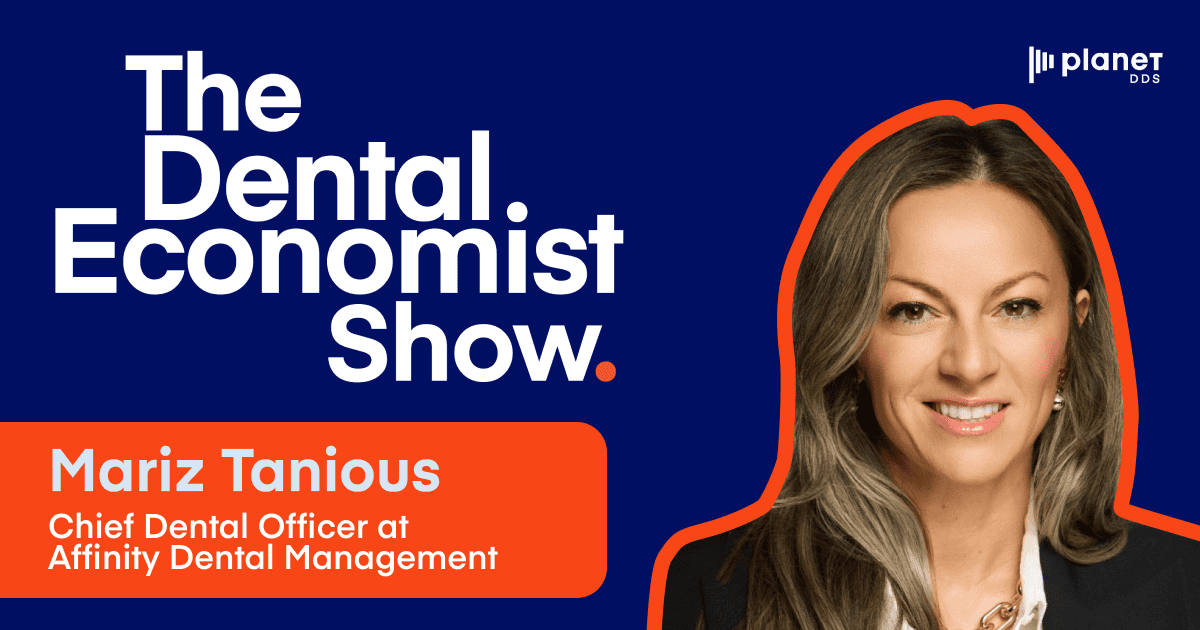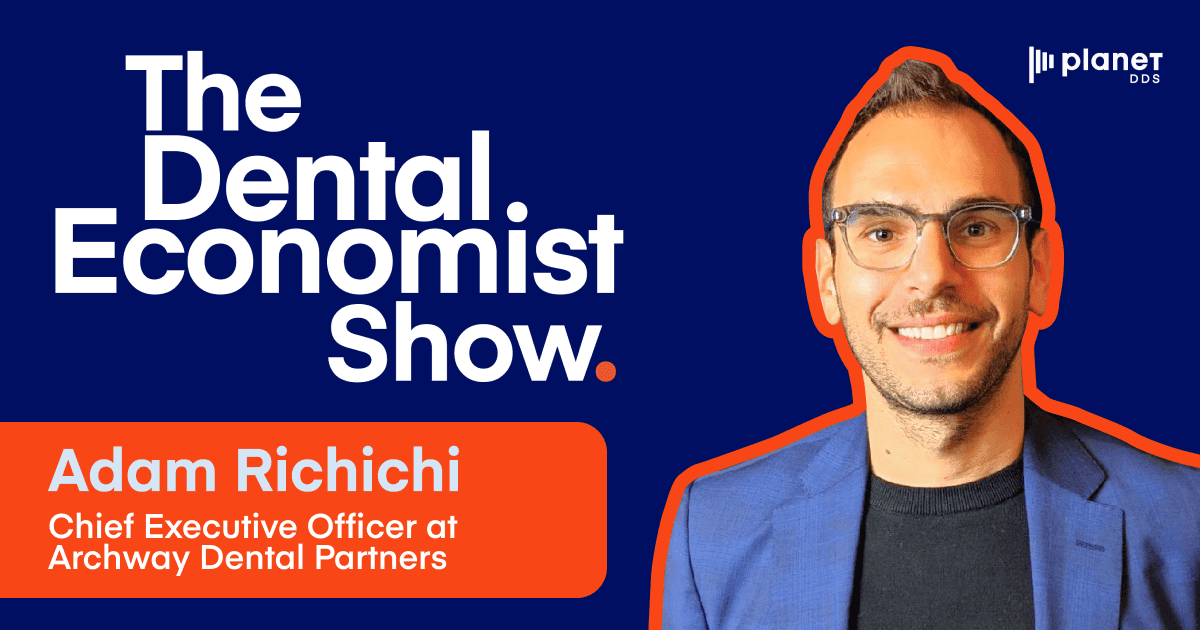Improve Your Profitability and Patient Relationships by Tracking the Changes in Dental Insurance

If you’re glass-half-full person there’s reason to be hopeful. Perspective being what it is…the changes in dental insurance coverage could signal needed hope.
An industry survey indicates that a shift coming. It has to do with the perceived alignment between medical and dental insurance providers.
This “convergence” as it’s being called, follows the “broad changes” in health care. According to a DentistryIQ article the trends are…
“…away from costly fee-for-service models and toward coordinated care, value-based reimbursement, and more streamlined, affordable, and prevention-based experiences.”
And the survey says…
The latest survey conducted by the firm West Monroe Partners reveals what’s driving the changes for medical and dental insurers. A few dominant themes emerged.
Dental payer territory is shrinking
One-third of survey respondents stated a 90% drop by 2025 for the payer’s market share (from 97% in 2020). One in five see a drop below 85%.
Dental payers are focused on staying competitive
54% are expected to partner or bundle (46%) benefits with a medical/health insurer by 2025. Stay-competitive strategies include:
- Alternative payment solutions
- Teledentistry/data sharing
- Technology upgrades (67% consider this a top investment)
- Data management optimization
- Operational improvements
- Diversification (mergers/acquisitions, side-hustle products/services, etc)
”Convergence” pace is increasing
Though noteworthy, a solid plan for bundling medical/dental plans is lacking. Technology to administer a “unified product” is slowing the pace (36% in 2020 cite technology as a barrier – down 10% from 2018).
Growing consumer demand
Though the number of US adults visiting the dentist has dropped (37% did so in 2019), COVID-19 is believed to keep a lid on that statistic. Still, optimism emerges that as there’s a perceived shift away from standalone dental plans a majority see a merger between oral health and overall health.
The health integration is supported by a variety of factors:
- Value-based dentistry
- Health plan partnerships
- Available dental insurance driving patients to routine care
These combined with the integrated approach (general health-oral health) could lead to a higher amount of overall dental visits.
Increasing availability of employer-sponsored dental plan memberships
48% see this trend growing between 2020 and 2025. The individual market follows with 63% anticipating growth.
COVID-19’s impact on employment could sway the numbers a bit. The results could also challenge employer-sponsored plans shifting employees to individual plans.
Bottom-line: any shifts can place unprepared dental plans at risk. Even so, providers and payers could be faced with opportunity – giving patients lower costs through coordinated, value-based care.
The general consensus about changes in dental insurance
Consider that there are two primary paths the changes can take
Each have to do with how dental insurance coverage is available to you (as a provider) and your patients.
- A comprehensive healthcare plan with dental coverage built-in. Medical and dental care is covered under a single cost.
- A stand-alone dental insurance plan. Separate from a medical plan with an additional premium cost.
Confirm that your dental practice team is trained, knowledgeable, and skilled in claim filing
The systemic connection between oral health and overall health is being made clearer as dentistry is bundled with medical coverage. That said, coding and claims submission knowledge and resources are essential.
Two claim filing strategies can help navigate the changes and innovations in coverage.
- Know the proper codes (per ADA) and how to bill under a combined medical/dental policy
- Outsource dental/medical billing to assure cash flow and maintain good patient relationships
Embrace the changes in dental insurance and improve your billable opportunities
Implement the right system and you can help your patients consistently maximize their insurance coverage. Patient relationships will improve as you become their insurance advocates.
Looking for an alternative to the traditional insurance provider relationship? A dental membership plan might be an effective solution for you and your patients. Explore this content to discover the why-and-how:
What Is a Dental Membership Plan and How Can It Improve Your Revenue Cycle?
Check out these insurance themed resources also:
How to Bill Medical Insurance for Dental Procedures
Why You Should Take Advantage of the Opportunity to Bill Medical Insurance for Dental Procedures
Planet DDS’s Denticon Dental Practice Management Software helps you standardize those systems that also help you assist your patients with their insurance benefits.
The Denticon Dental Dashboard, Dental Bookkeeping, and Dental Charting Software System can centralize tasks and workflows (including insurance reimbursements) and grow your practice.
Contact us for more information about how Denticon can streamline your systems that help you manage all aspects of your dental practice – including insurance reimbursements.



